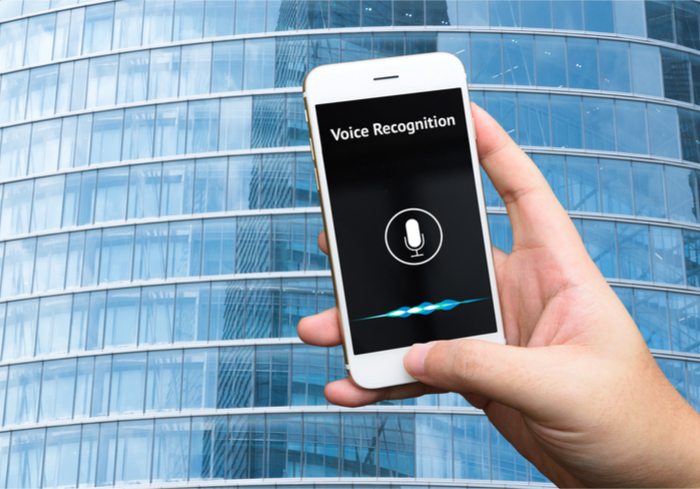Apps Give ‘Voice’ To Multi-Step Restaurant Orders

Before Peter Peng created the voice-ordering Jetson app, he looked to a voice assistant to help him with a simple request: he was brushing his teeth, and he realized that he needed toothpaste. Peng asked his voice assistant to help find a toothpaste that would meet his needs, and he was disappointed by its response.
The voice assistant only gave a simple recommendation for a toothpaste, but it didn’t ask him the features he wanted such as whitening or cavity protection. As a result, Peng made sure that his voice assistant app allowed users to have a multi-step conversation. Consumers would be able to fully customize their orders that way — and businesses would be able to tap into this capability.
The platform can serve a wide range of verticals, but Peng decided to start in the restaurant space because food is one of the most difficult types of items for a consumer to order. Why? Because food orders, Peng said, might require many layers of customization.
To help fill this need, Peng had his voice assistant help guide consumers through each step of the order process. If a customer orders from Chipotle, the app will walk the customer through each step to build a burrito or bowl for their first time. That is, the consumer will be able to select rice, beans and a protein. And, when that consumer orders from the restaurant using the app for a second time, he or she can simply ask to order a bowl with white rice, black beans and chicken. Peng’s assistant, in turn, will know the context of all of those food items within his or her order.
At the same time, Peng designed the platform to provide some flexibility around ordering. For starters, some products have long and descriptive offerings like “charred Brussel sprouts with chili lime oil.” While a restaurant might list that entire name on its menu, a consumer might not actually place their order that way. He or she might say “Brussel sprouts” instead of the restaurant’s full name for the item.
With this ordering preference in mind, Peng made sure the system would allow consumers to order that item just by saying “Brussel sprouts.” In another case, some food items that are common across different restraints have branded names: McDonald’s, for instance, calls its chicken nuggets Chicken McNuggets. In that case, a consumer could place his or her order with Peng’s app by saying “chicken nuggets” or “Chicken McNuggets.”
Voice Ordering For Merchants
From the merchants’ perspective, Peng created a back end that allows them to have a storefront within the app’s ecosystem. Through this system, which Peng said is similar to Shopify, merchants can upload their catalog to start selling their products. Once a merchant creates a main entrees category, he or she could add burrito, burrito bowl or taco salad. A merchant can then add other options for diners to customize the entree. For the ability to offers this ordering option to customers, Peng said the companies pay a flat fee for each location they list.
In the future, Peng sees other uses cases for the voice assistant. Beyond allowing customers to order takeout, Peng thinks his app could be useful for brick-and-mortar restaurants to offer to their dine-in customers. In that case, diners could use his app to get the attention of the staff. If a diner wants a glass of water, he or she could turn to the app. With the app, Peng said “you don’t have to flag down the waitress or waiter.” In addition, he sees the technology becoming a part of kiosks in quick-service restaurants (QSRs) to help simplifying ordering.
Voice commerce could bring in a whopping $40 billion in sales by the time 2022 rolls around in the U.S., according to OC&C Strategy Consultants, while another study found that the consumers can order three times faster by voice than through screens. And Peng’s technology may be new, but the underlying idea has existed for hundreds of years: “People have been buying and selling things through language and voice through millennia,” Peng said. His app, however, helped to digitize that interaction, allowing merchants to bring multi-step ordering into the voice-enabled age.